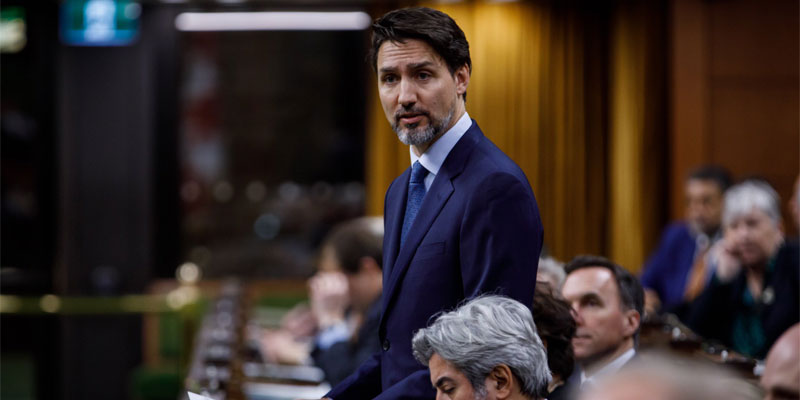Federal spending spree continues to outpace budget projections

Based on last month’s federal budget, the Trudeau government plans to run an eye-popping $154.7 billion deficit this year and accumulate more than $330 billion in debt over the next five years. Crucially, the government will make the fiscal situation even worse if it continues to spend more than it budgets.
To a large degree, spending choices helped drive federal deficits even before the pandemic. In the Harper government’s final budget, it forecasted program spending (total spending minus interest costs) of $262.3 billion in 2015/16. However, the Trudeau government immediately increased spending once it took office and nixed the balanced budget plan of the previous government.
Indeed, the new Liberal government increased spending by $11.3 billion in 2015/16, which turned a projected surplus into a $2.9 billion deficit. It further increased program spending in 2016/17 to $288.6 billion, which is $14.3 billion higher than the Harper estimates for that fiscal year. And a projected surplus in 2016/17 became a $19.0 billion deficit.
The Trudeau government’s spending also exceeded its own forecasts in later years. In Budget 2018, the government expected $312.2 billion in program spending. By the end of that fiscal year, however, the government discovered higher-than-anticipated revenues but spent an additional $11.3 billion. Put differently, the government could have almost entirely eliminated the 2018/19 deficit ($14.0 billion) if it stuck to its own spending plan. But rather than reduce deficits during a time of economic growth, it spent every extra dollar of revenue.
More recently, the Trudeau government increased spending between its November 2020 economic statement and its 2021 budget despite projecting an uptick in revenues. Indeed, total revenues are forecasted to be $19.2 billion higher than previously expected in 2021/22—but program spending is projected to increase by roughly $51.0 billion.
Of course, some of this spending is justified in light of COVID-19. Nonetheless, federal per-person spending (inflation-adjusted) will reach $12,697 this year, which is the second-highest level in Canadian history and 38.7 per cent higher than during the 2009 recession.
Clearly, a proclivity for spending remains a defining characteristic of this federal government. Despite current projections estimating the budget deficit will be gradually reduced over the next five years and reach $30.7 billion by 2025/26, further spending increases will throw a wrench in this plan. For instance, new spending on programs such as national pharmacare (or other potential campaign initiatives) will increase spending and deepen deficits if revenues can’t keep pace.
Consequently, the government may be unable to achieve its objective of reducing the federal debt-to-GDP ratio (a common measure of debt sustainability) by 2025/26. Of course, this wouldn’t be surprising considering that the Trudeau government already caused the debt-to-GDP ratio to rise once before (between 2018/19 and 2019/20) due to spending increases. If the ratio increases again, it would place federal finances on an unsustainable path and leave Canadian families holding the bill for debt accumulation via future tax increases.
The Trudeau government must avoid further spending increases, otherwise federal finances will be in a precarious position for years to come.

